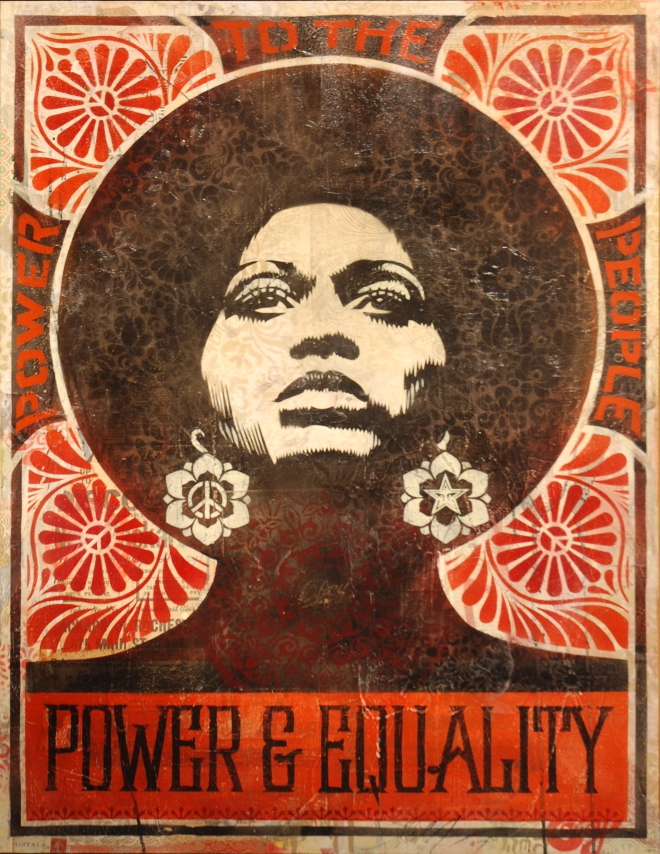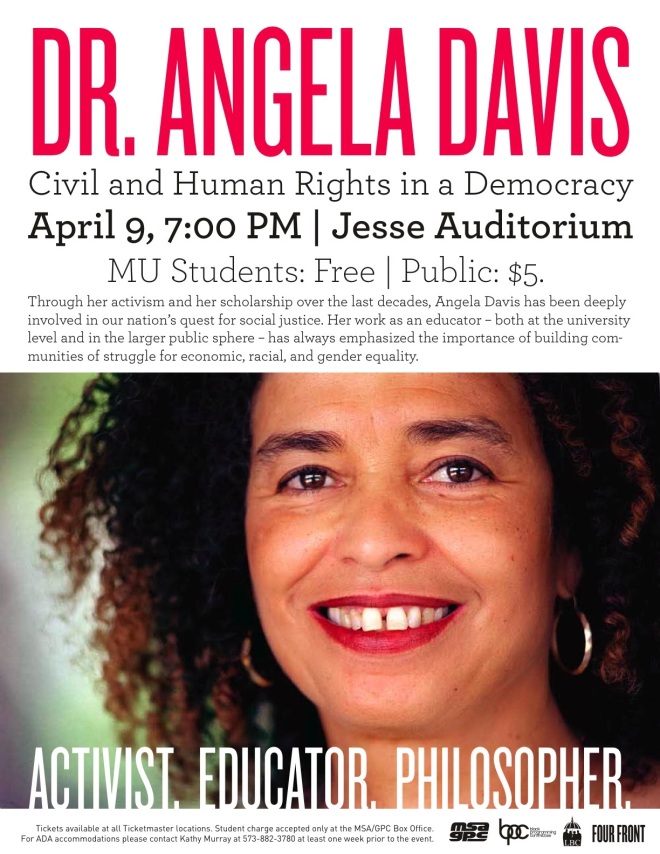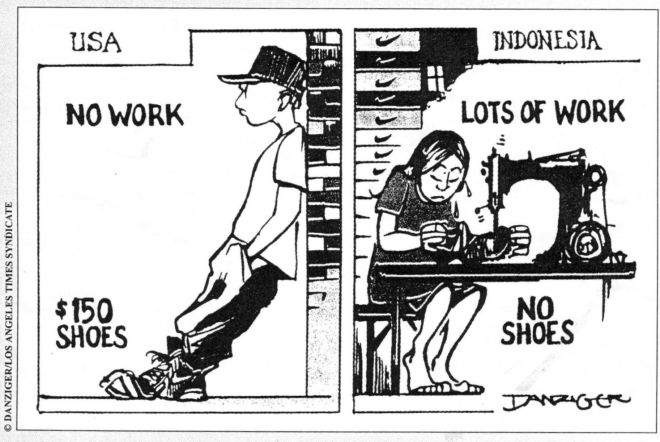HELLBENDERS - "Brand New Fear" (2014)
Furacão arrasa quarteirão
O rock’n’roll goiano, a cada novo festival, dá renovadas provas de sua força descomunal. No Vaca Amarela 2013, no redivivo Centro Cultural Martim Cererê (clássico espaço que enfim reabriu suas portas após anos fechado), o Hellbenders deu mais uma estrondosa demonstração de porque Goiânia Rock City é justamente considerada um dos epicentros do rock’n’roll brazuca. Penúltima das 46 bandas que tocaram na 12ª edição do festival produzido pela Fósforo Cultural, o quarteto fez mais um show arrebatador e impressionante diante de um séquito de fãs entusiásticos. O showzaço rendeu até um destaque para a banda na cobertura realizada pela revista Rolling Stone Brasil.
Integrando o cenário de rock “pauleira” e garageiro de Goiânia junto com MQN, Mechanics, Black Drawing Chalks, Overfuzz, Bang Bang Babies, dentre outros, o Hellbenders, apesar da juventude de seus membros, já tem muitos quilômetros rodados no cenário. Tocam com a segurança de uma banda já experiente, ciente de sua potência e feliz por estar entre amigos, respaldada ao redor do palco pelo apoio empolgado dos aliados. A impressão que fica é a de uma banda muitíssimo bem ensaiada, mas que ao mesmo tempo sabe soltar a mão do volante do carro que desce a ladeira à toda velocidade: sem deixar que a música perca sua fluência e seu impacto, eles sabem deixar que eventualmente o descontrole tome conta e o caos mostre o seu charme. Afinal, rock and roll que não é sujo e perigoso não tem a mínima graça. O efeito é mais impactante do que assistir a um filme-catástrofe hollywoodiano e o Hellbenders, sem grandes efeitos especiais, soa como um autêntico arrasa-quarteirão.
Brand New Fear (2013), primeiro álbum dos caras, foi produzido pelo gabaritado Carlos Eduardo Miranda e gravado no estúdio Rocklab (o mesmo onde nasceram grandes gravações de Black Drawing Chalks, Macaco Bong, Violins etc.). Com influências de Kyuss, Mastodon, Blue Cheer, Grand Funk Railroad, Queens of the Stone Age e Motörhead, dentre muitas outras, o disco traz 10 petardos fortes, viscerais, explosivos Mal foi lançado e já é um marco para o rock goiano (e brasileiro) neste jovem século 21. E com potencial de ser reconhecido pelos gringos como um marco também no cenário stoner internacional.
No Vaca Amarela 2013, o Hellbenders contou com participação especial. Diogo (vox), Brazs (vox/gtr) e Rodrigo (batera) foram acompanhados por Augusto (vulgo Chita), guitarrista da finada banda Mugo, que chegou para substituir Vitor Noah em alguns shows.
Tocar com o volume no talo e a distorção no máximo já é meio-caminho andado para uma banda de rock sujo-encardido como o Hellbenders. Mas o que realmente faz a diferença neste caso é a sensacional pegada e garra de que estes caras são dotados. 99% dos jogadores de futebol do mundo, principalmente aqueles que sofrem com excesso de estrelismo, poderiam aprender um bocado vendo um show do Hellbenders: vão com tudo ao ataque, suam a camisa até o último segundo e dão a impressão de que sempre jogam pra ganhar de goleada. Não há ninguém no público que volte para casa com a sensação de que os músicos estavam se economizando, poupando energias, guardando cartas na manga. Cada música é tocada com o ímpeto de quem deseja marcar um golaço.
 |
| Hellbenders (da esq. pra dir.): Braz Torres (gtr/vox), Diogo Fleury (gtr/vox), Augusto Scartezini (bass) e Rodrigo Andrade (batera). |
Quando Hurricane chegou para encerrar o show galopante da banda, o público viu-se envolvido por uma farra selvagem que realmente se assemelha à passagem de um furacão. O Hellbenders, em cima do palco, é um fenômeno da natureza semelhante a uma tempestade repleta de trovões e relâmpagos: são gigantescas quantias de energias em impressionantes descargas elétricas. Outburst. E não seria exagero dizer que o grupo rivaliza em estrondo com o Katrina – e o melhor é que o público em Goiânia Rock City agradece com entusiasmo pelos cabelos que são desgrenhados e pelos tímpanos que serão avassalados pela passagem desse twister de som (o que não se pode dizer da devastada New Orleans, que clama para jamais voltar a ser tão massacrada quanto foi na catástrofe de 2005).
A banda, à vontade no palco tão familiar do Martim Cererê, apresentou-se no Vaca Amarela 2013 deixando na platéia muitos pescoços aos frangalhos, de tanto headbanging, mas também muitos sorrisos de orelha-a-orelha nos rostos dos presentes. E quase todos saíram dali molhados – de suor, de água ou de cerveja. Tanto que não faltaram líquidos jorrando do palco para o público, e do público para o palco, incluindo cataratas etílicas que caíram sobre a cabeça dos músicos como um refrescante presente do “padrinho” Fabrício Nobre. Eis um show, enfim, que funciona como um rito coletivo onde o rock’n'roll age como uma purificadora catarse e uma tempestade de raw power. Pra resumir a ópera, eu diria que a poderosa massa de som que explode dos alto-falantes em um show do Hellbenders nos faz experimentar sensações similares àquelas que sentiram aqueles que estavam presentes ao concerto do MC5 que gerou o clássico álbum Kick Out The Jams. Poucas bandas no Brasil chutam o balde com tanta classe.

































